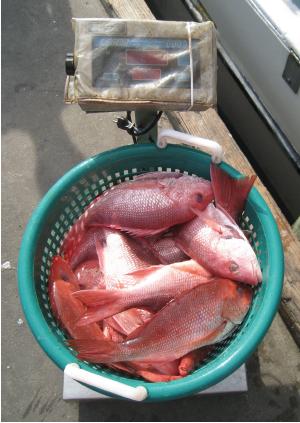On November 28th, the New York Times published an article about some of the powerful changes underway in the Pacific groundfish fishery.
With the first year of that fishery’s new catch share program coming to a close in January, early results are impressive: wasted bycatch has dropped from approximately 20 percent of overall catch to an astonishing one percent, and fishermen are fundamentally changing how, when and where they fish.
The West Coast catch share program holds fishermen individually accountable to an annual quota for each species and requires them to stop fishing when they reach their limits. This new accountability is driving an innovation boom in the fishery. Fishermen are developing entirely new approaches to avoiding over-fished species, while catching their more plentiful target stocks.
One example of such innovation is the “risk pool” approach mentioned in the New York Times article, which was developed on the West Coast by fishermen working closely with the Environmental Defense Fund and The Nature Conservancy. In risk pool arrangements a group of fishermen agree to put their over-fished species quota into a common pool based on an understanding that they will have access to the quota pool to cover any unexpected catch of those species. To ensure the group stays within its overall allotment, participating fishermen establish where, when and how they will fish in order to avoid over-fished stocks. This kind of cooperation is almost unheard of in non-catch share fisheries where competition – not communication – is the rule. Read More












